When was the last time the top 10 players in a major were a combined 55 under par on day one? When in a major have 57 players shot under par on any day? The PGA Tour is trying to buy their way into a major championship by touting The Players as the "5th Major".
Not many people are aware that the PGA Tour does not operate or run a single major championship. The Masters is run by Augusta National, The US Open by the USGA, the British Open by the Royal and Ancient and the PGA by the, well, PGA. With the Players Championship the PGA Tour is making a vain attempt to get into the mix. From the monstrous clubhouse, to the monstrous purse, to the monstrous PR spin they put on the event they are eagerly attempting to join a closed club.
My primary reason for voting out the Players is the golf course! Sure the holes we see all look frightening, with tremendous risk and reward, but what about the rest of the course. Ever notice how much the Tour focuses on the closing holes? Please don't get me wrong - you must be a ball striker to do well here, but this is simply Harbourtown where rough has replaced trees. Distance does not make a great course , but give the best in the world ten opportunities from inside 140 yards and look out. There are 10 short, legit birdie opportunities on the course (holes 1, 2, 4, 6, 9, 10, 11, 12, 16, 17). Holes where every player in the field, from the longest to the shortest, should be thinking birdie or par at worst.
I have taken the rounds of those two players, the longest and the shortest, namely Bubba and Freddy Funk and broken them down for your perusal. Let's start with Fred Funk who played earlier this morning. When it comes to driving distance Fred Funk is currently 62nd on the Champions Tour with a distance of 265.9. That would leave him at 183 out of 185 on the PGA Tour ahead of only Faxon and Pavin. His driving distance was 260 today and he scored a +1 /73. The following numbers indicate the yardage he had into each of the 10 selected holes in regulation. They include all four par fives and a par three.
1-156yds, 2-82yds, 4-115yds, 6-115yds, 9-87yds, 10-146yds, 11-101yds, 12-81yds, 16-4yds, 17-137yds for an average of 102.4 yards.
The shortest player in the field averaged just over 100 yds into 10 holes on a major championship course?
Now let's check in with Bubba Watson who is playing nicely and shot -5 /67. He is currently the longest hitter on the PGA Tour at 313.8 yards per poke. Today he averaged 318 yards off the tee. His yardages into each of the ten selected holes were:
1-90yds, 2-53yds, 4-91 yds, 6-104 yds, 9-76 yds, 10-139 yds, 11-29 yds, 12-92 yds, 16-3 yds, 17-137 yds for an average distance in of 81.4 yards. I wonder how many drivers Bubba used on these holes?
The facts indicate that every player in the field is faced with 10 holes on a supposed 'major championship' course where the longest shot they are required to hit is approximately 140 yards. And this is with a rainy night before the tournament got under way. What major course has a four hole stretch (9-12) where no approach shot of over 125 yards is required?

In 2008 the greens had just been reshaped and surfaced and as a result were rock hard. The wind blew between 15 and 25mph each day starting at 10 am. In other words conditions were as tough and challenging as they could get and yet, the playoff number was -5. Can you imagine conditions being brutal at Winged Foot or Carnoustie and -5 playing off! Grow all the rough you want, make the green rock hard and roll at 13 on the stimp, but my belief is this; if they have soft conditions and windless days the winning score will be lower than -15. You heard it here first - this is no major, just an over-sized, over-promoted PGA Tour dream.
I love the event, just not the way the Tour is painting it!


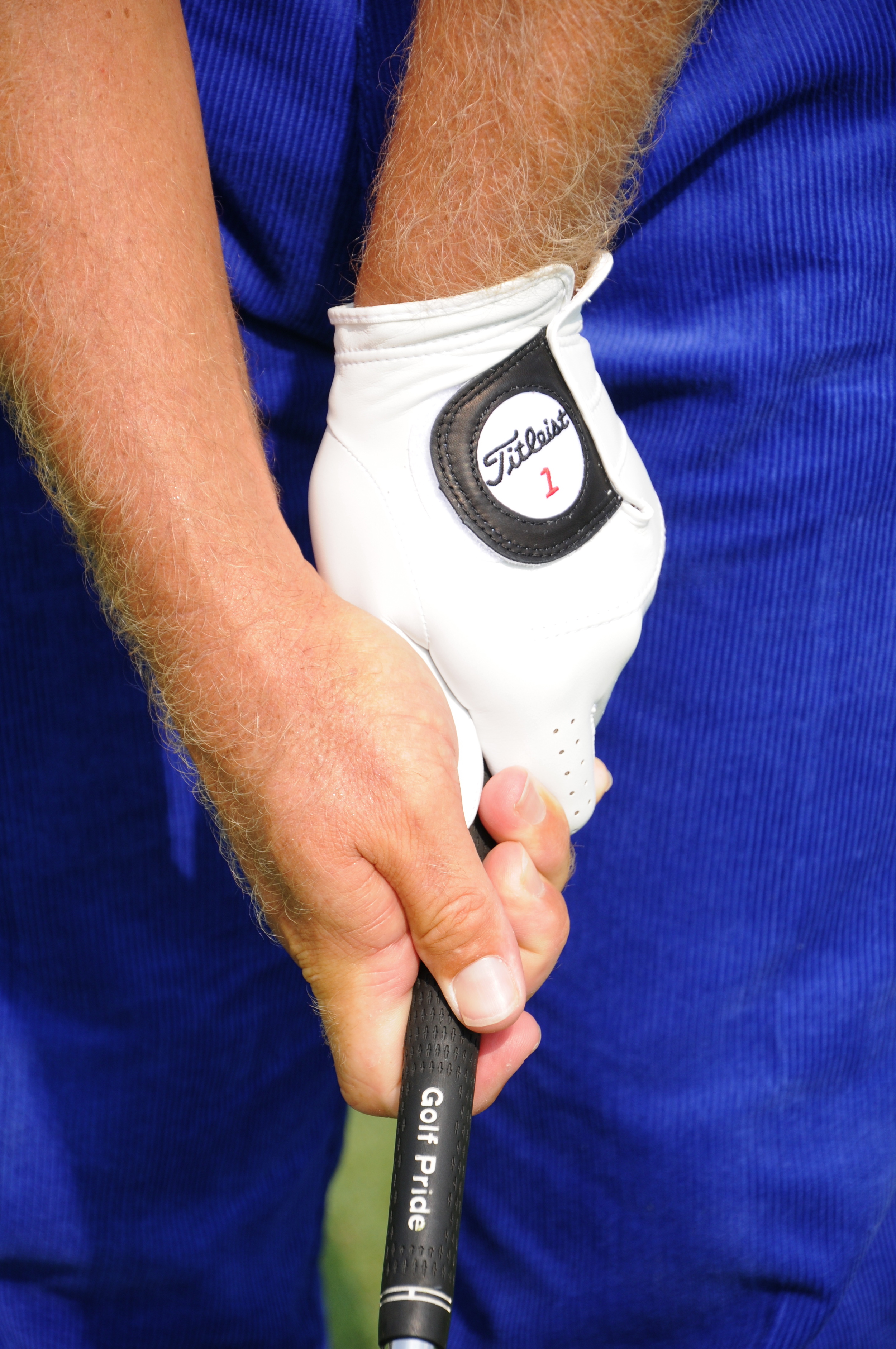
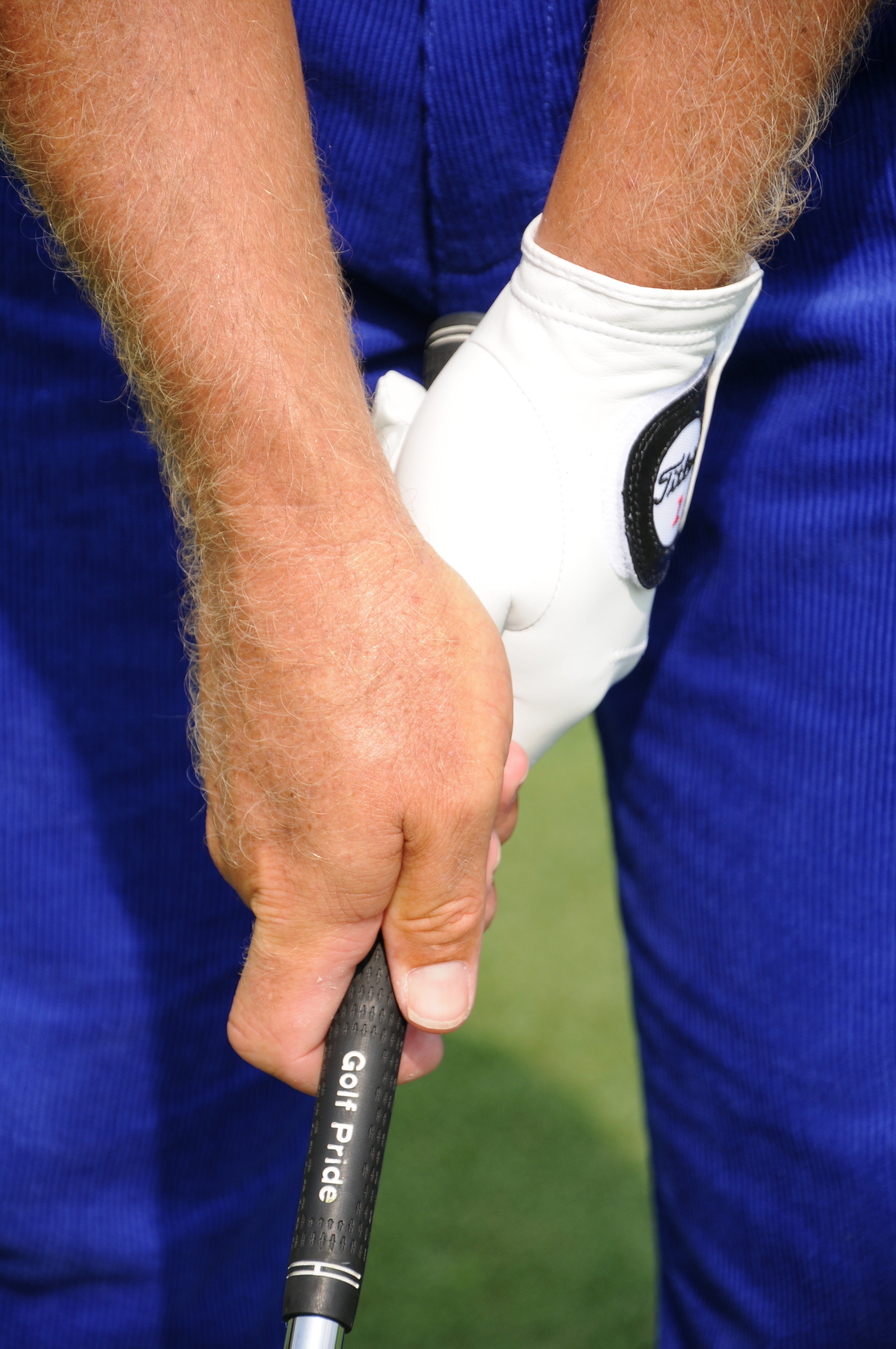



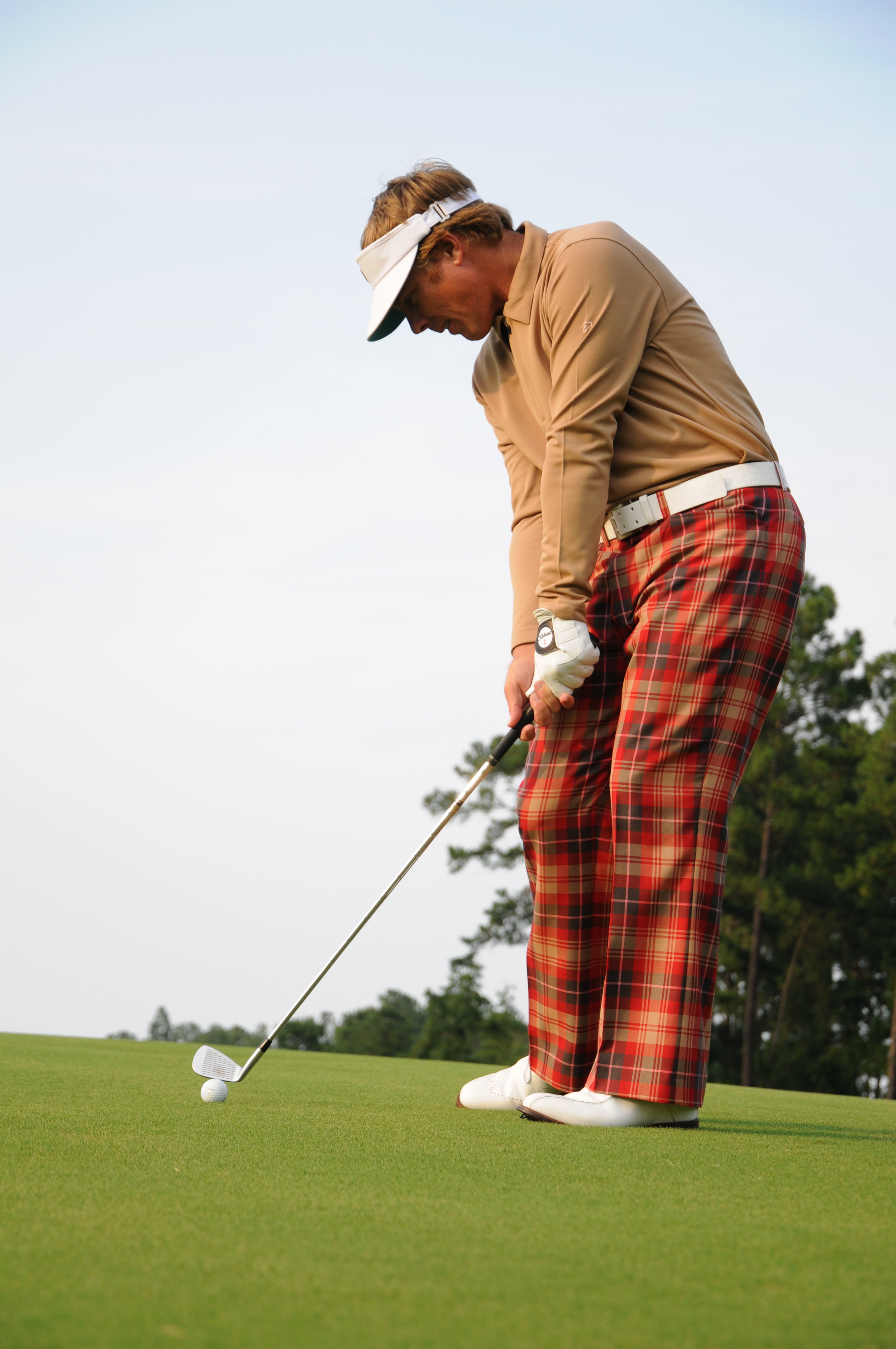
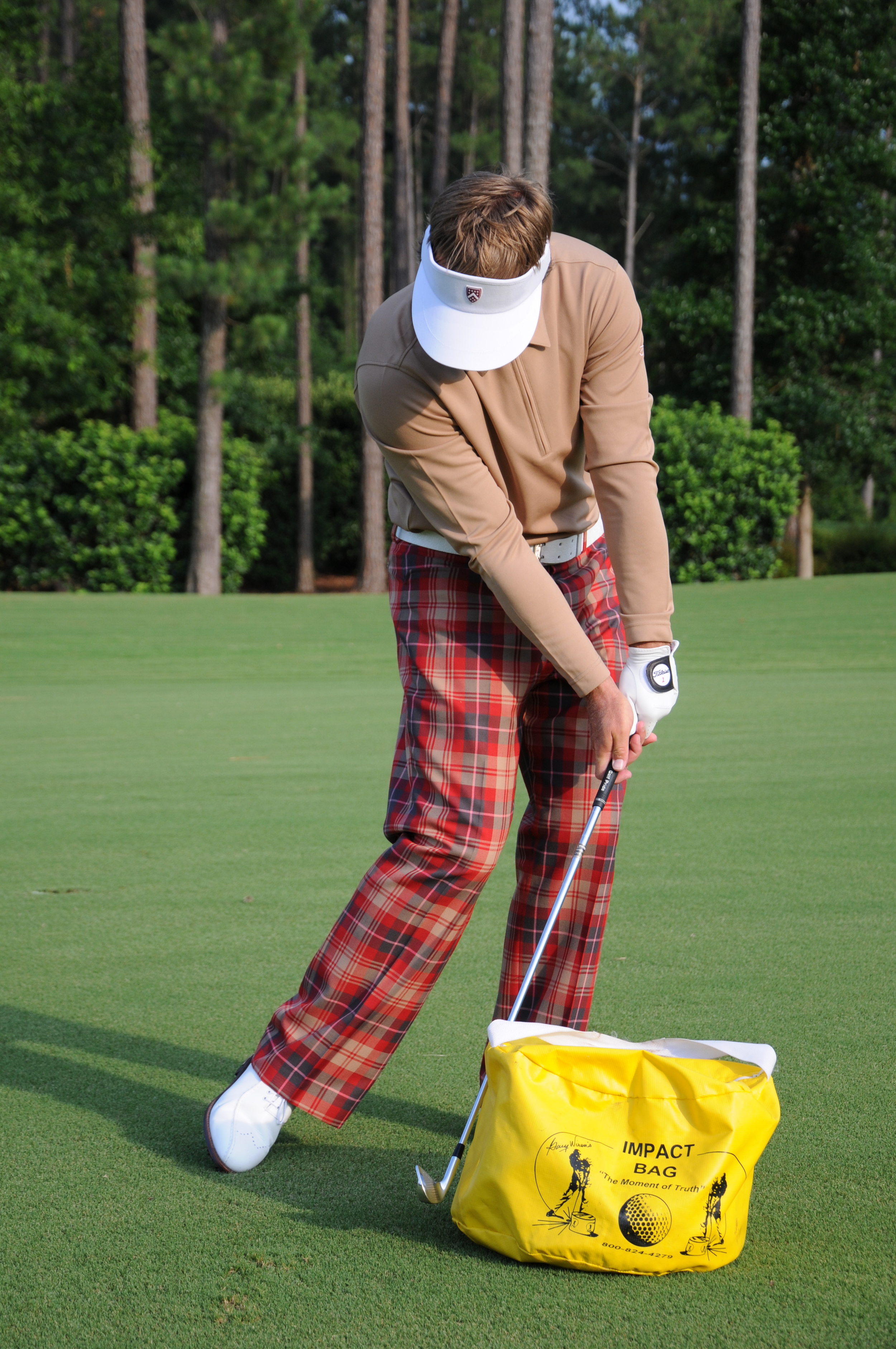
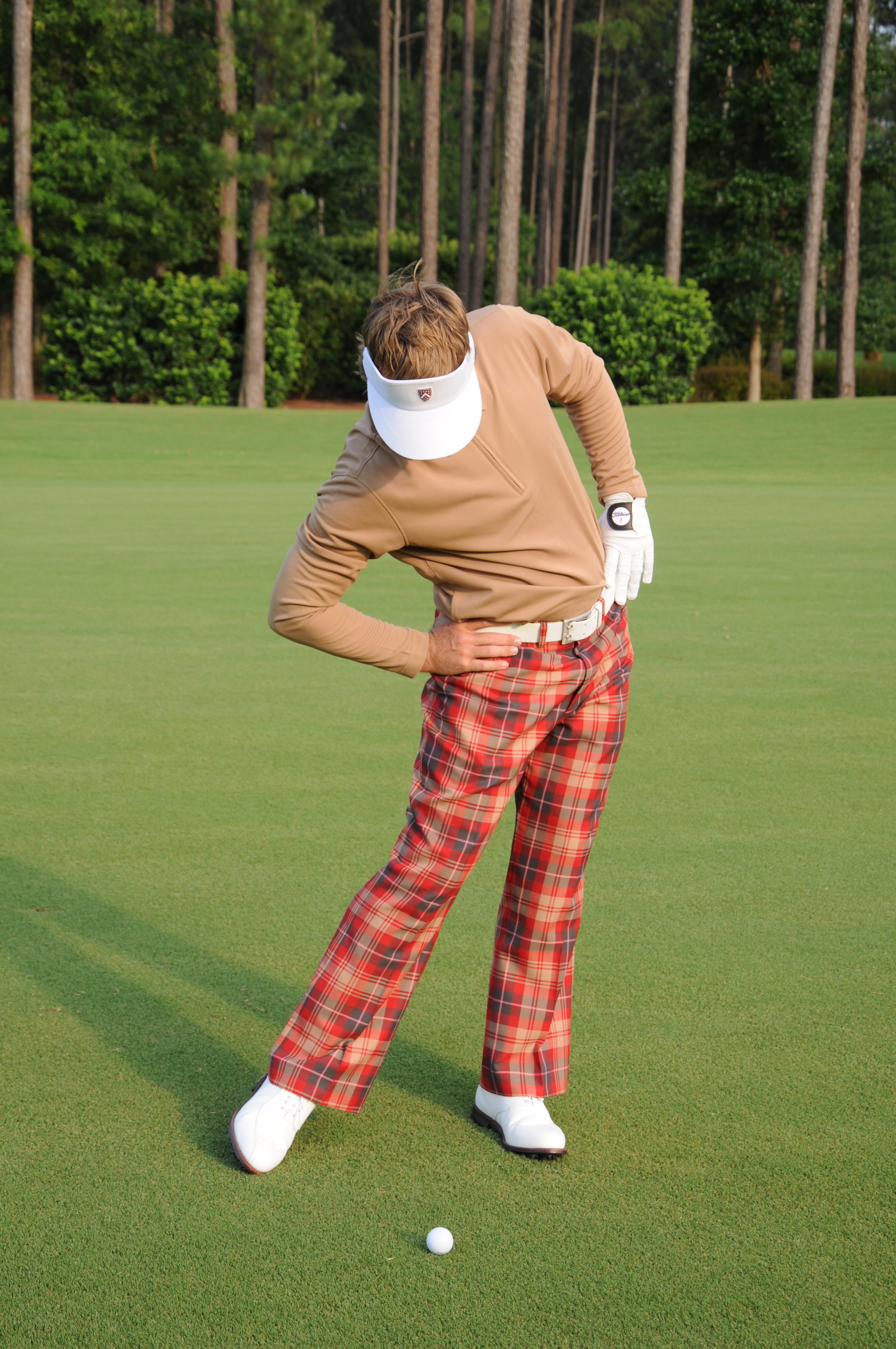
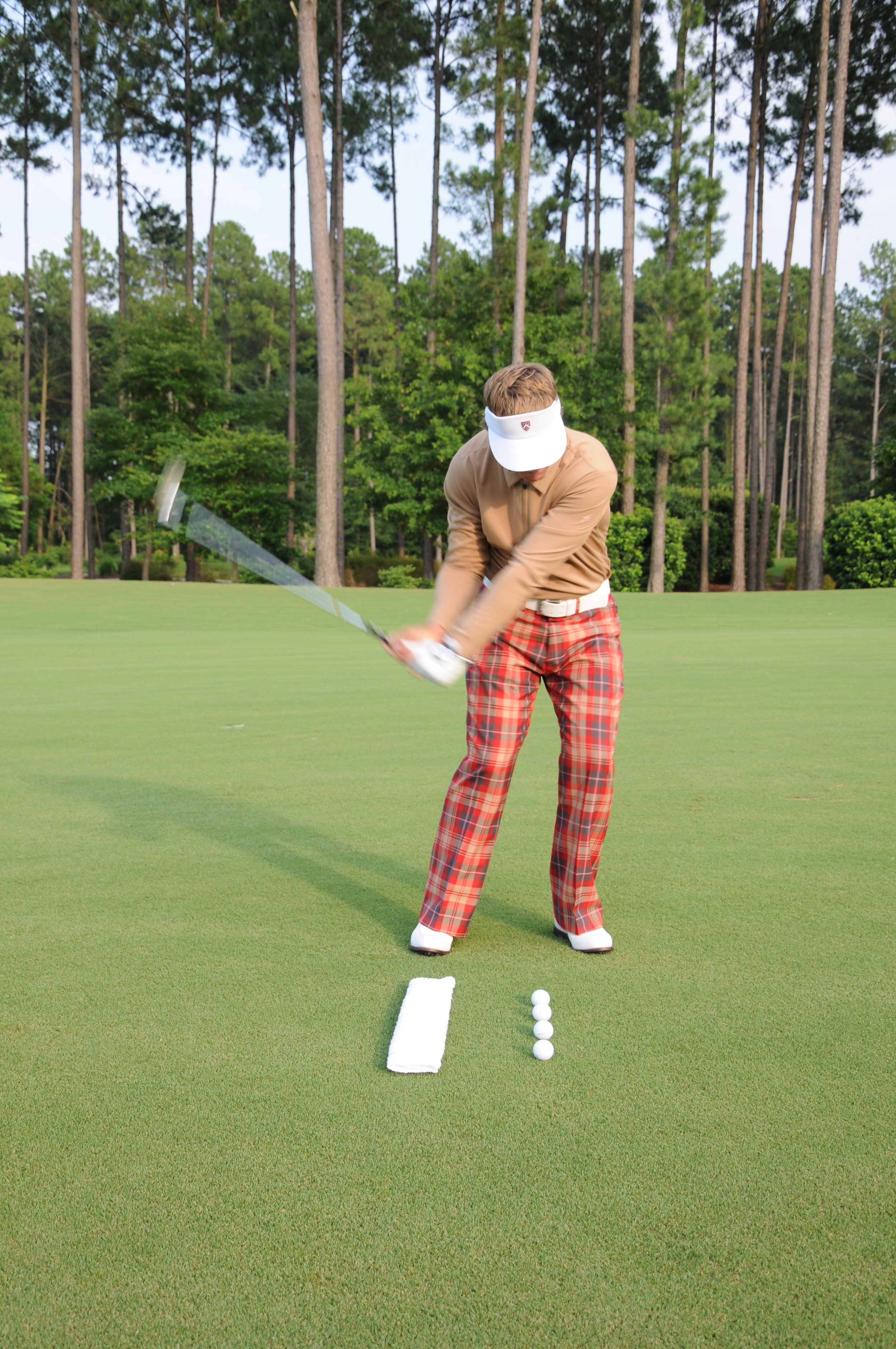
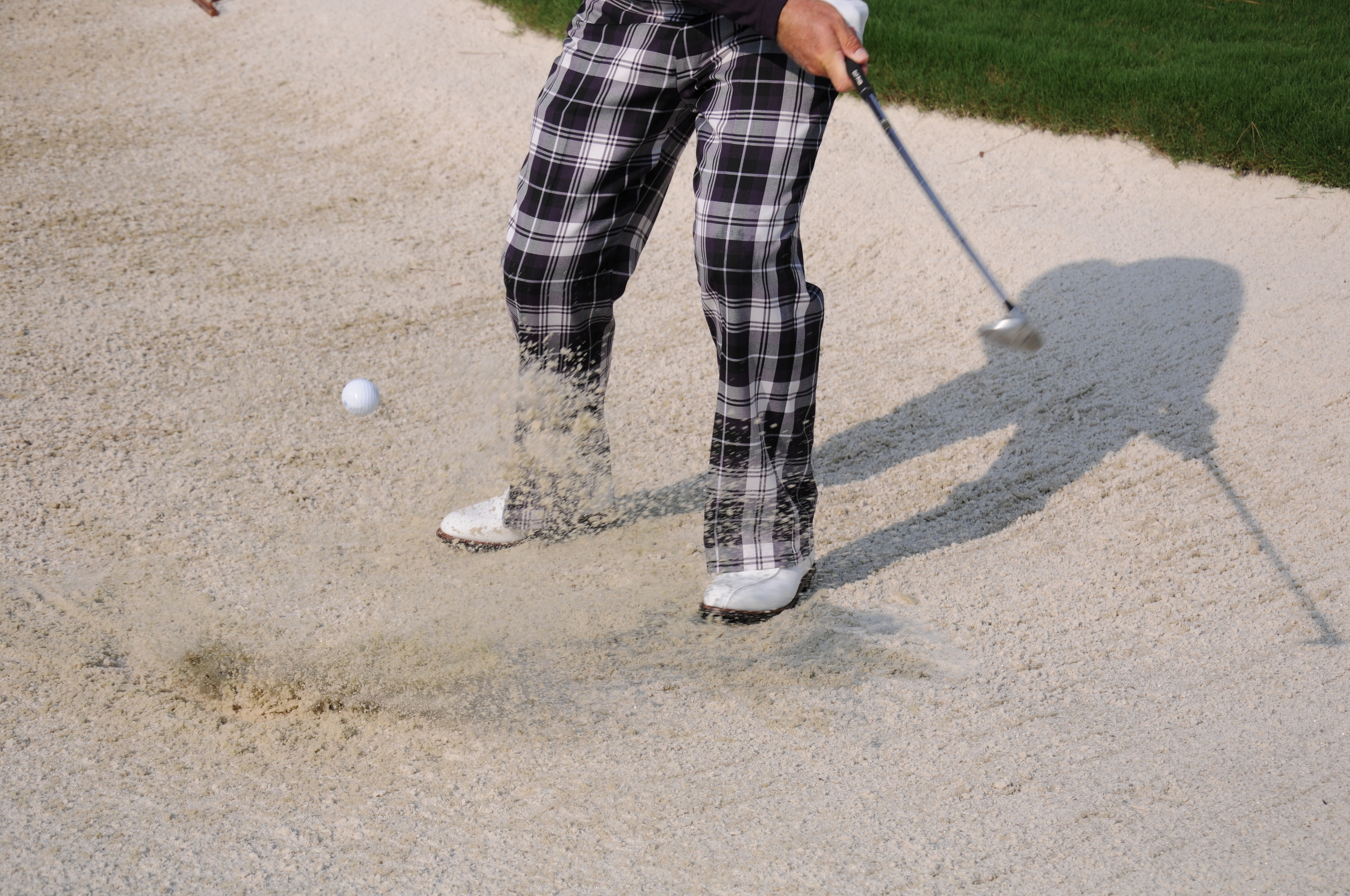


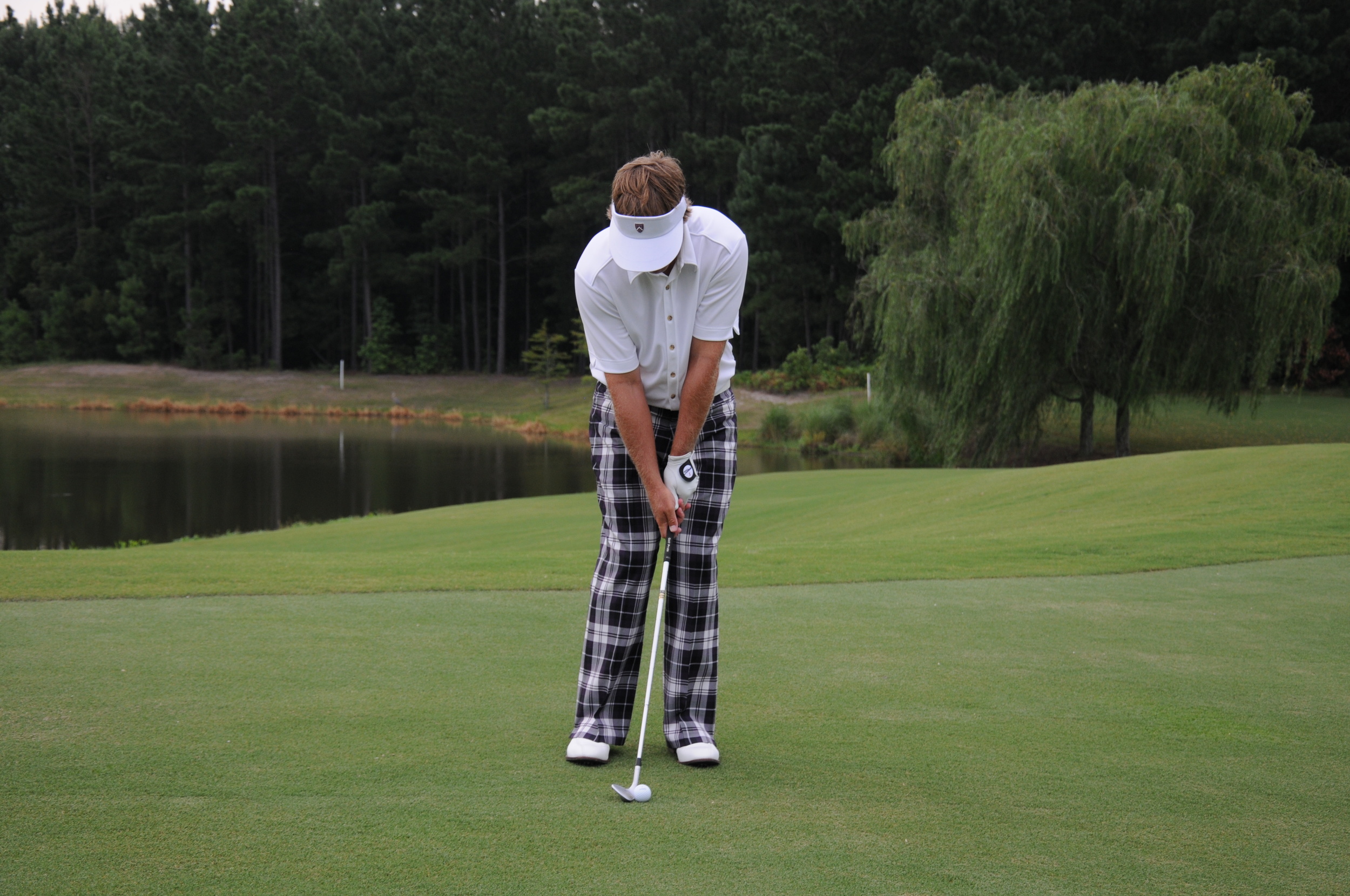


 South Africa has so much to offer, but for the golf fanatic and wine connoisseur there is no better, or more scenic, place in the world! Our destination is Cape Town with stunning Table Mountain, it's mix of classic and modern styled golf courses and the beauty of the surrounding vineyards.
South Africa has so much to offer, but for the golf fanatic and wine connoisseur there is no better, or more scenic, place in the world! Our destination is Cape Town with stunning Table Mountain, it's mix of classic and modern styled golf courses and the beauty of the surrounding vineyards.

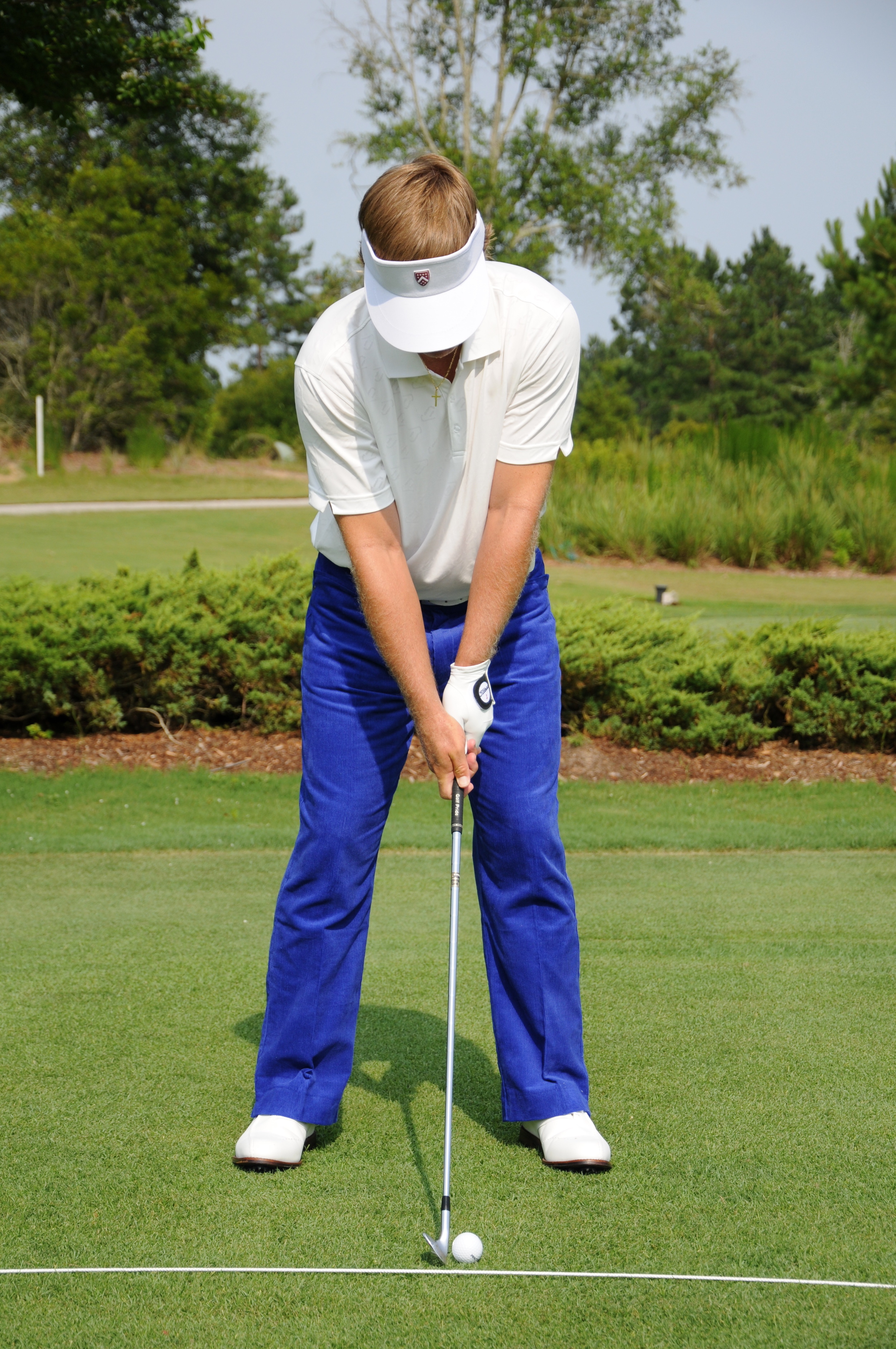
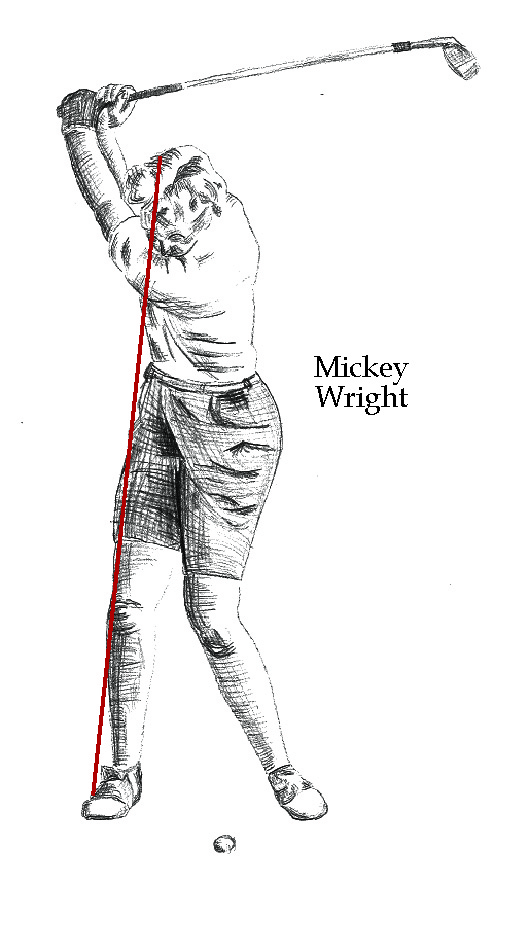 At address the head should not break the line. I noticed with golfers who had too much tilt at address this was quite prevalent and they all had a difficult time assuming the proper impact position once they had started poorly. Notice the picture below.
At address the head should not break the line. I noticed with golfers who had too much tilt at address this was quite prevalent and they all had a difficult time assuming the proper impact position once they had started poorly. Notice the picture below.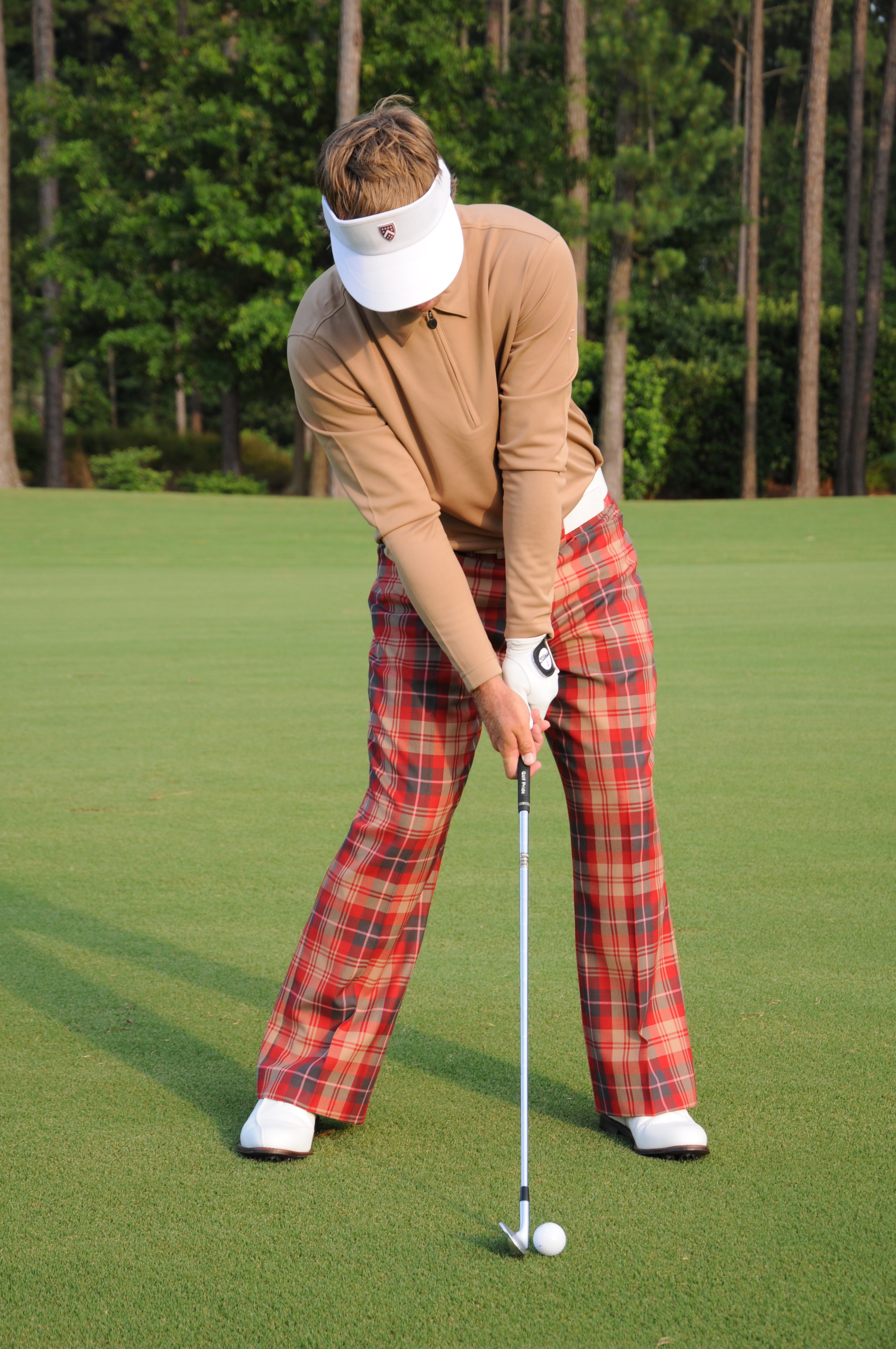
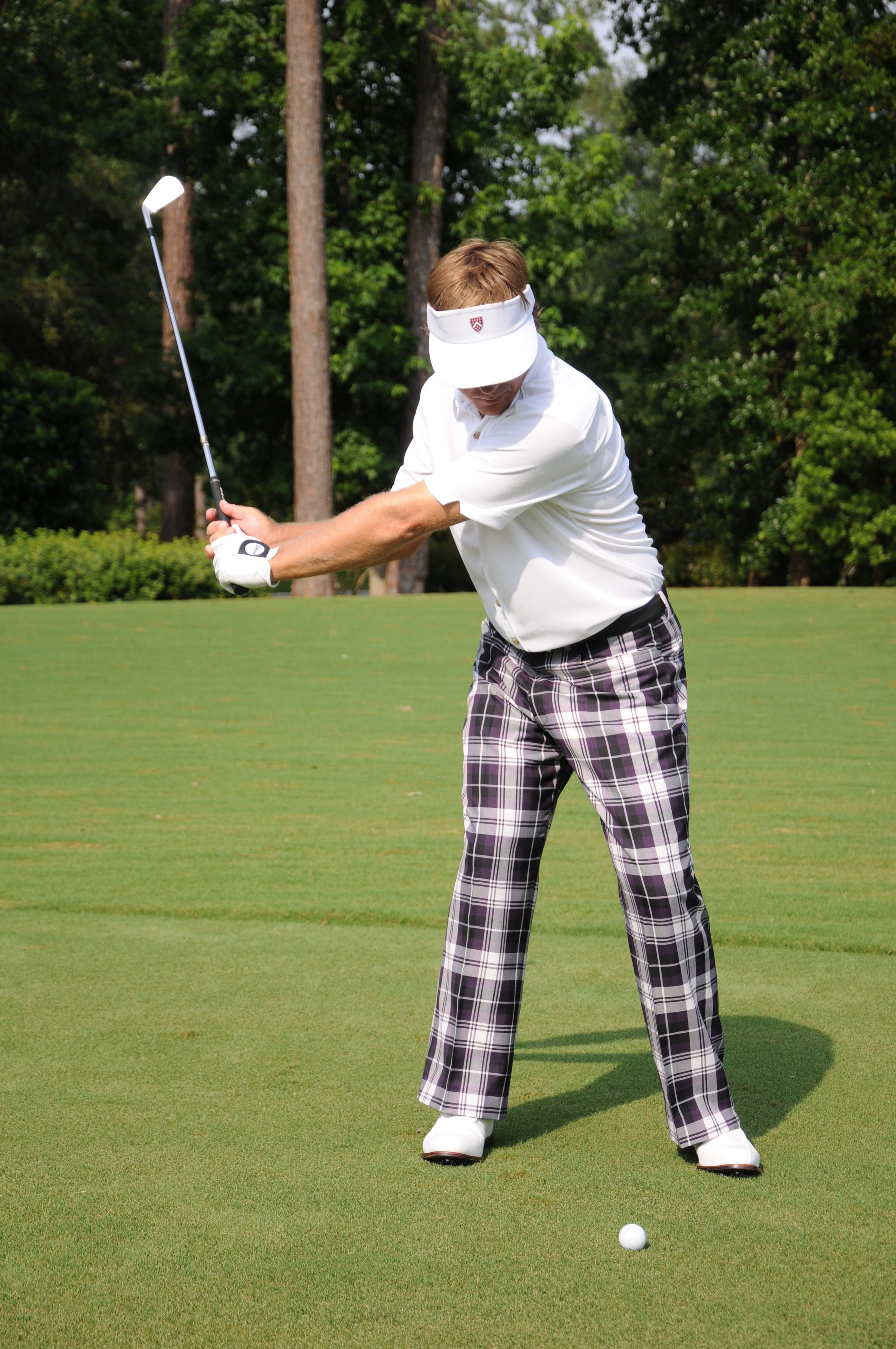
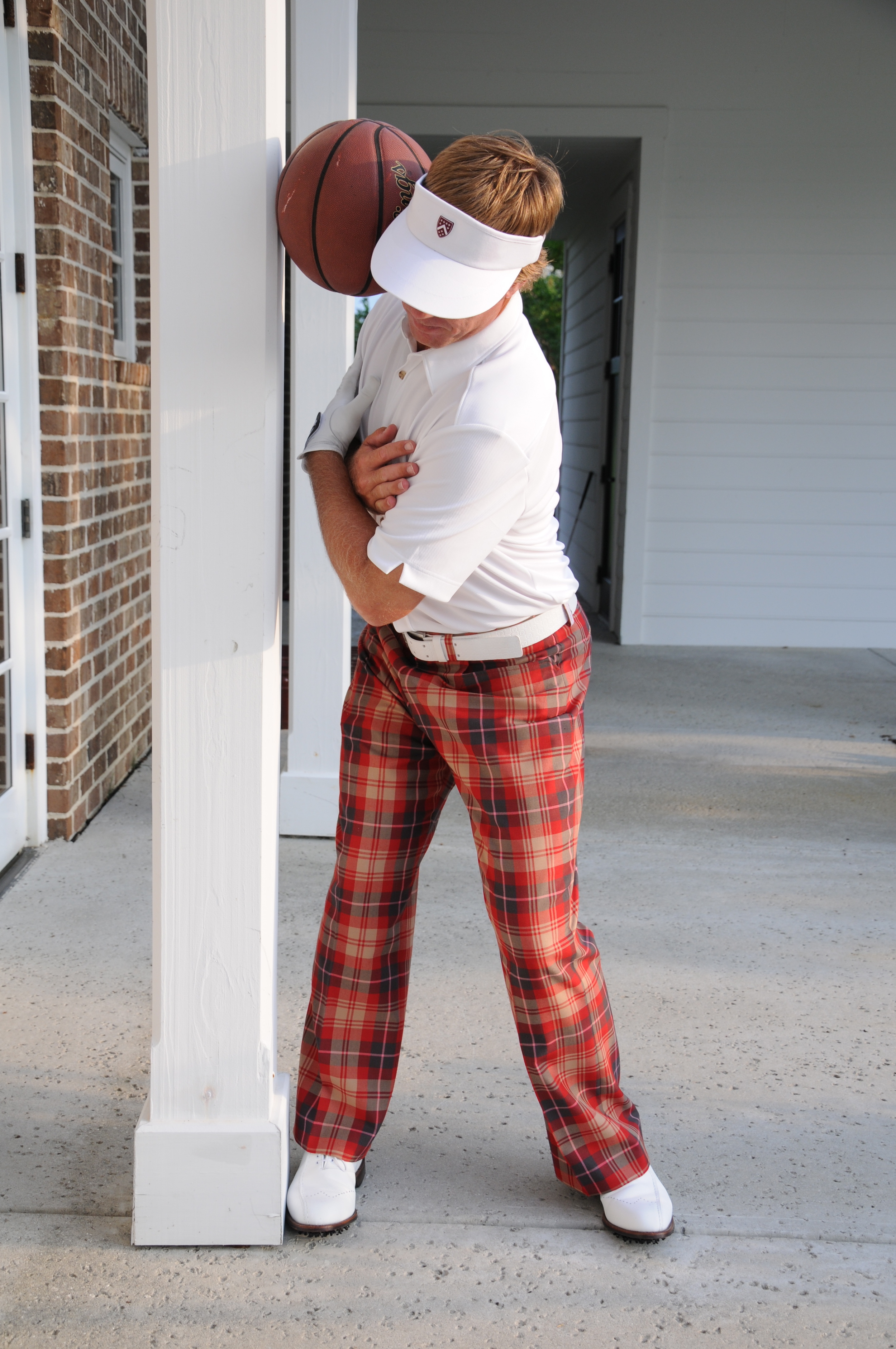
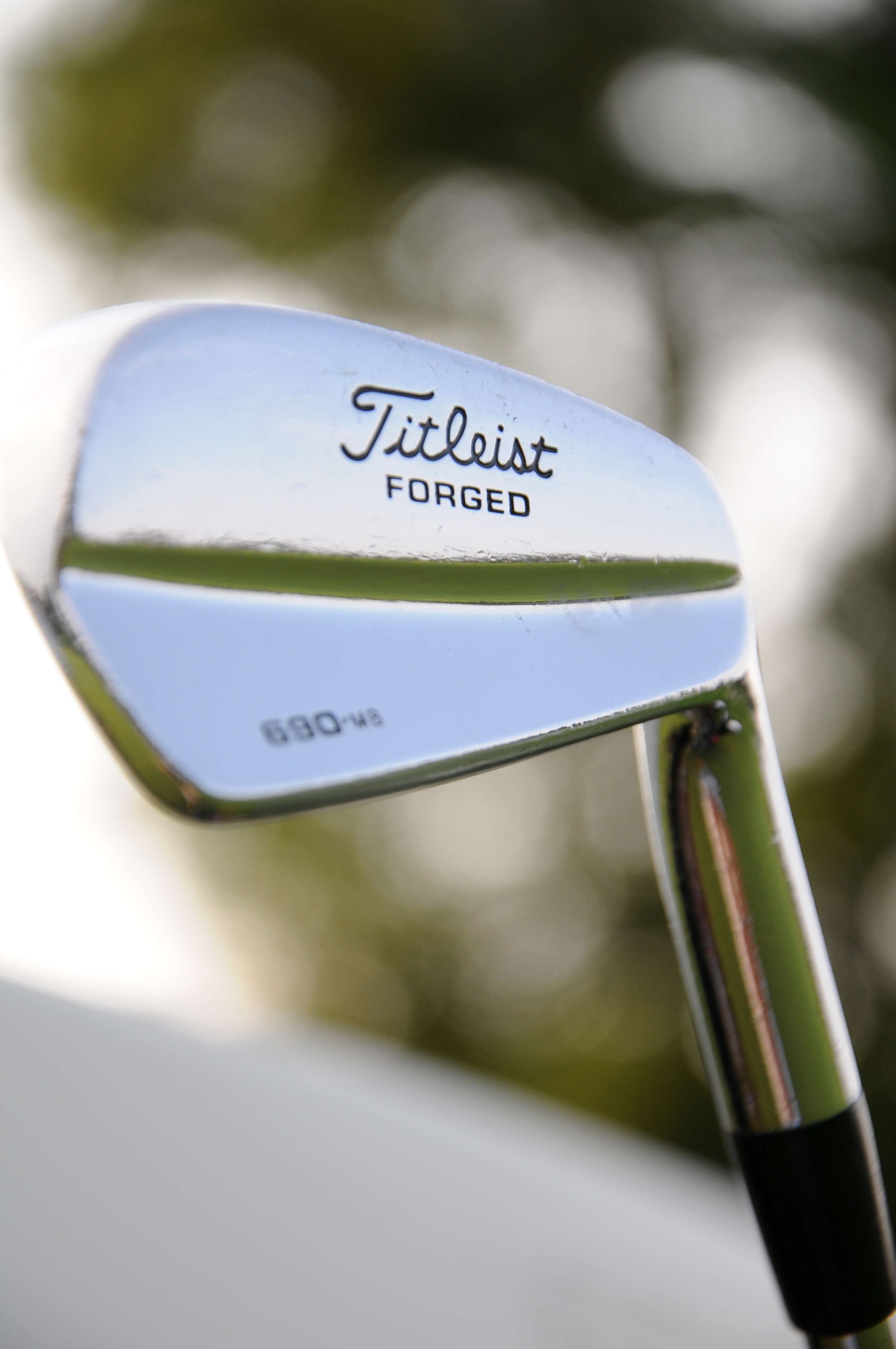 So often golfers are tempted into believing their equipment is the reason for the poor results they have been experiencing. Sometimes they may be correct, yet most times, this leads to the decision to make a change.
So often golfers are tempted into believing their equipment is the reason for the poor results they have been experiencing. Sometimes they may be correct, yet most times, this leads to the decision to make a change.





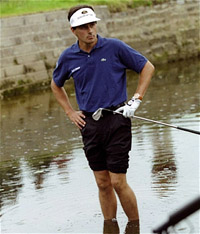
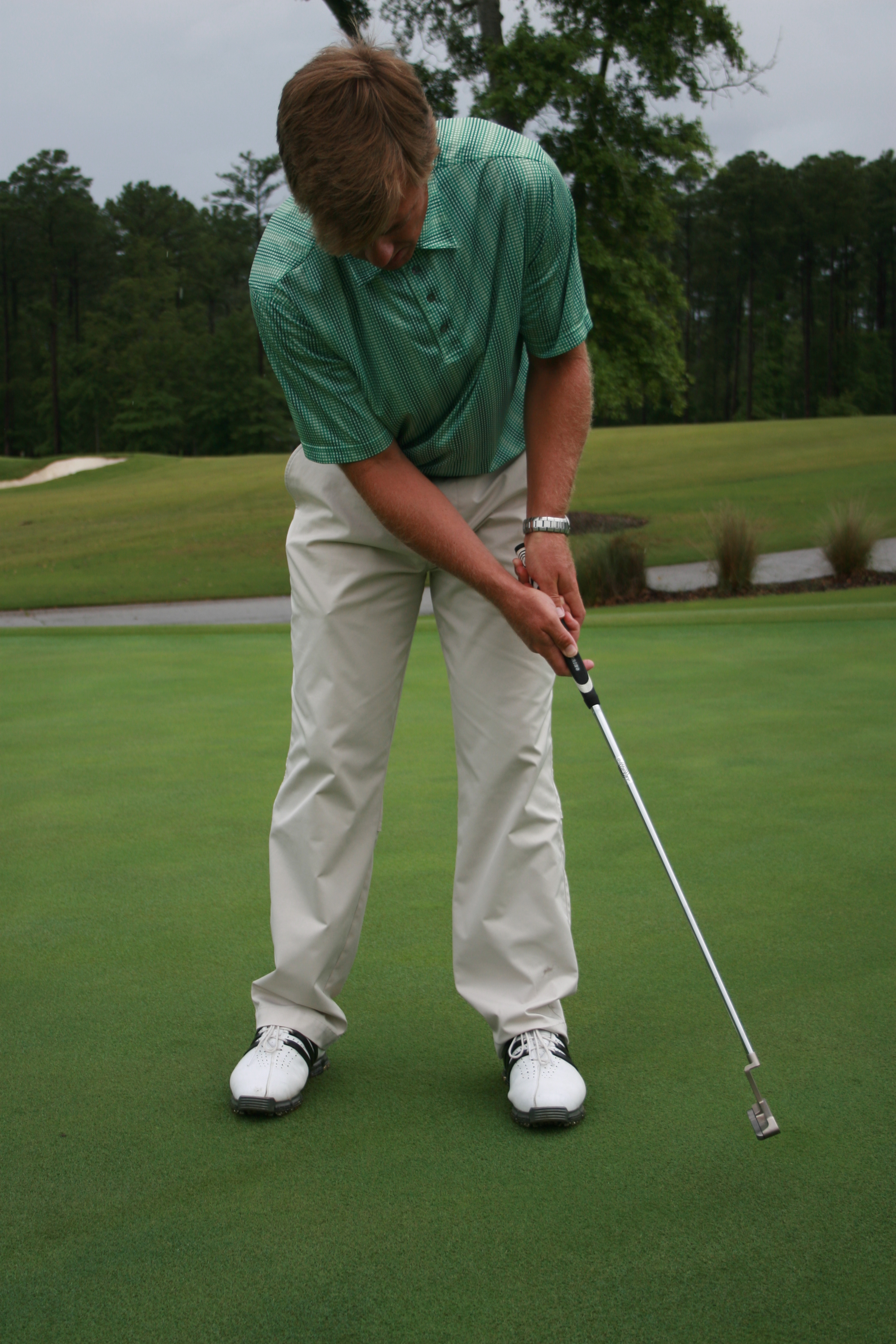
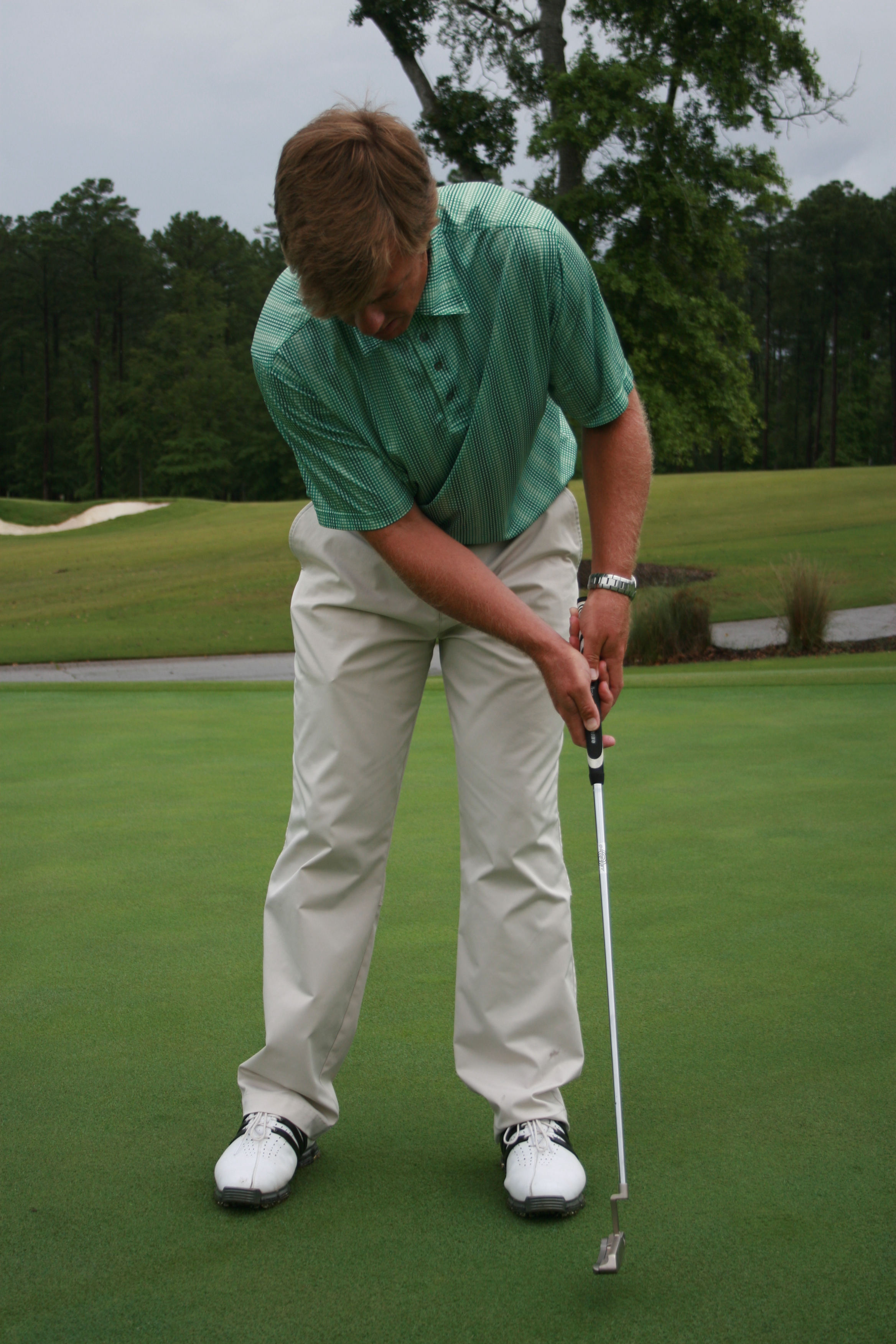
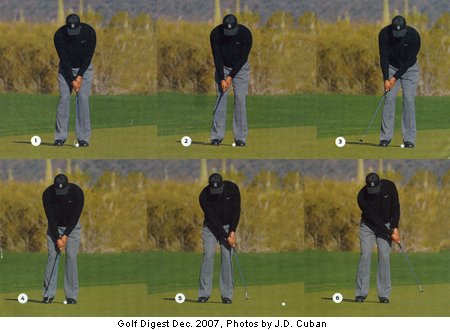
 Ireland is my favorite country in the world to play golf in and nowhere in all of Ireland is the combination of luxury and pure
Ireland is my favorite country in the world to play golf in and nowhere in all of Ireland is the combination of luxury and pure 

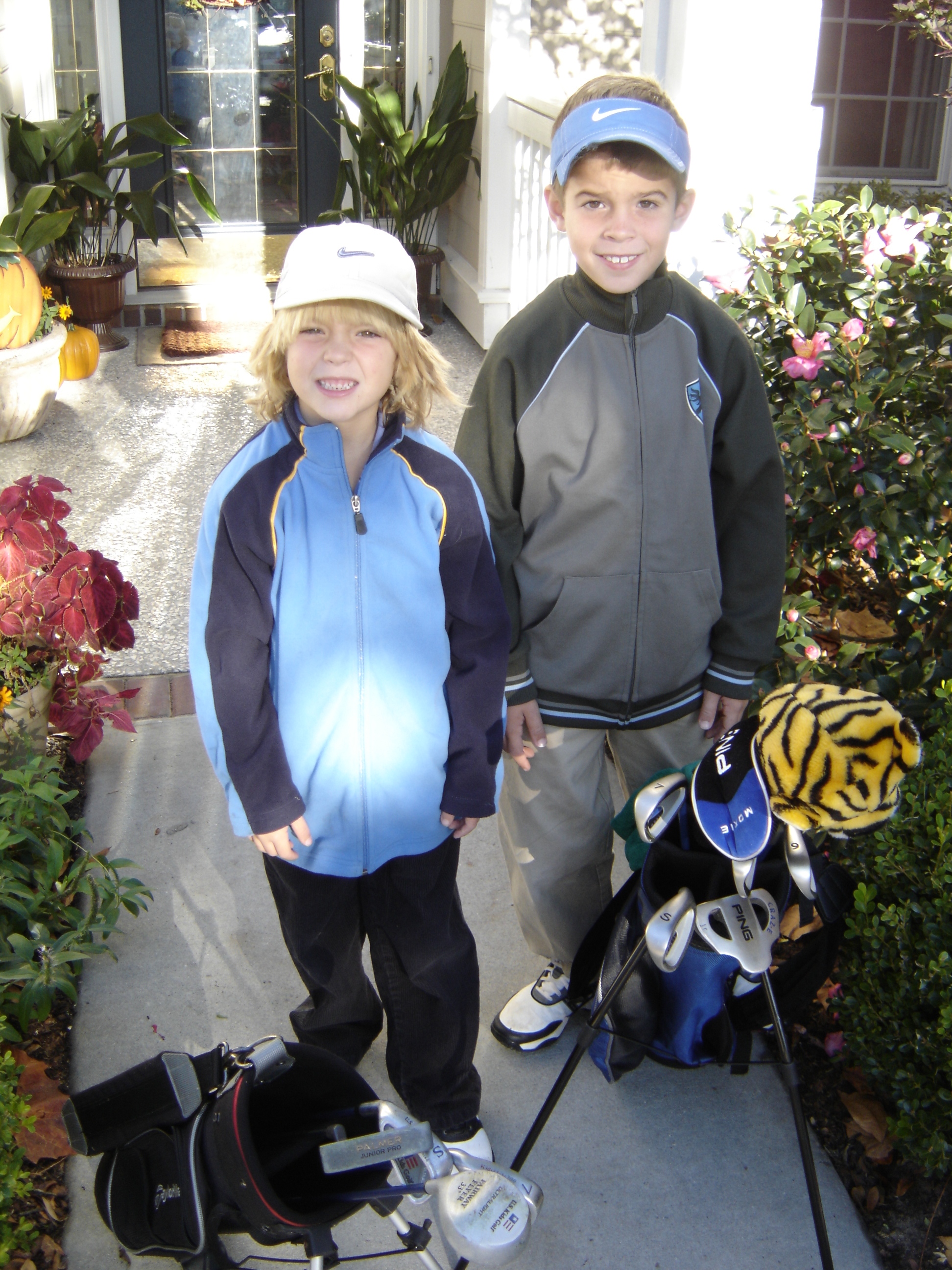 Pleasant words promote instruction. Proverbs 16:21
Pleasant words promote instruction. Proverbs 16:21
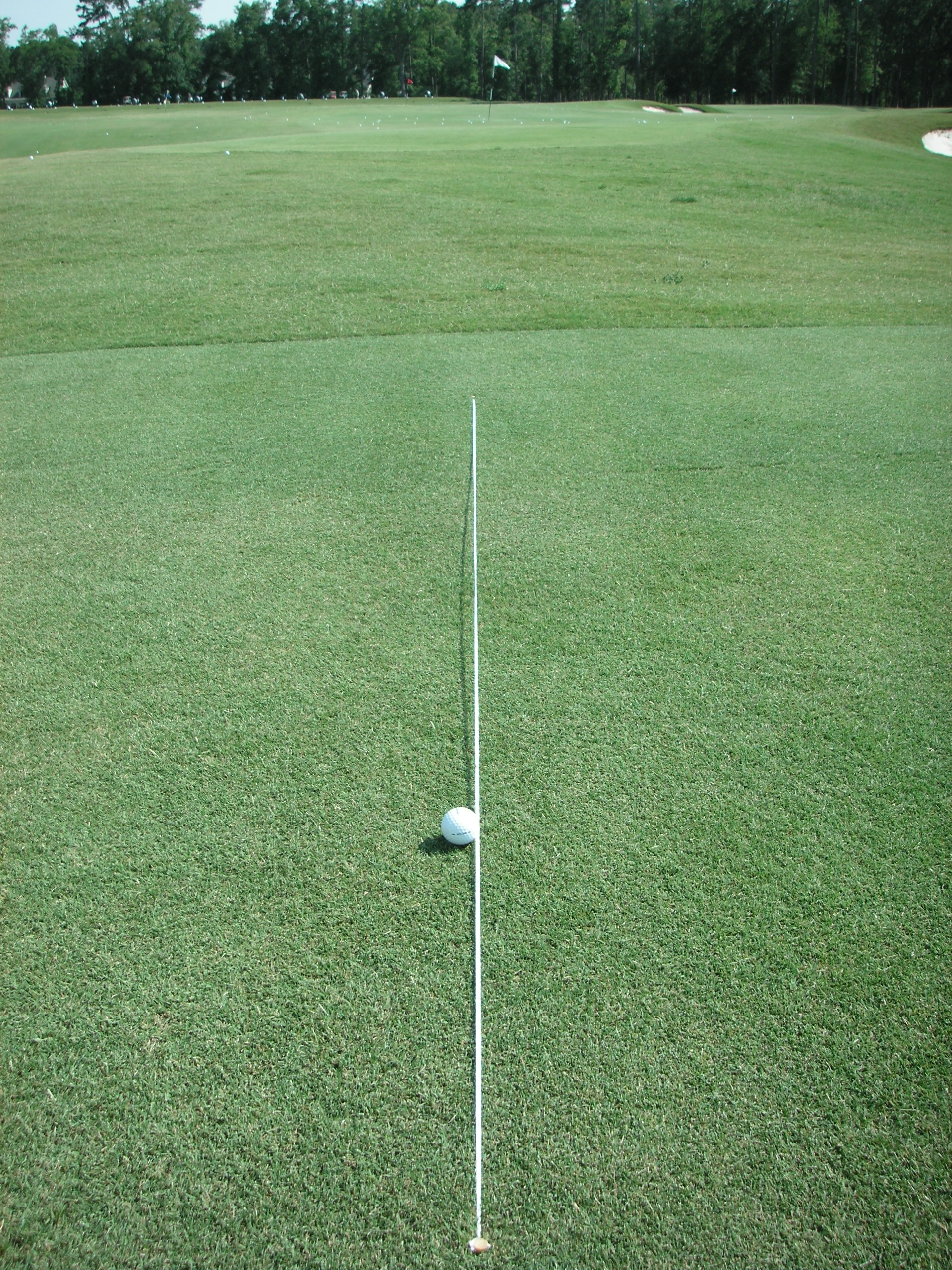

 For many years I have believed that the irons are struck with a descending blow, the fairway woods and hybrids are swept off the ground and the driver is hit with a slightly upward hit.
For many years I have believed that the irons are struck with a descending blow, the fairway woods and hybrids are swept off the ground and the driver is hit with a slightly upward hit. 







